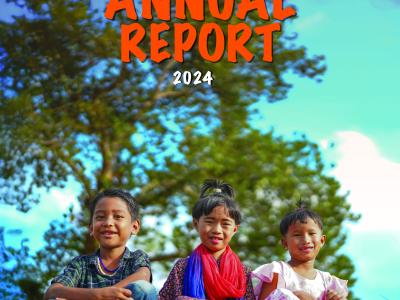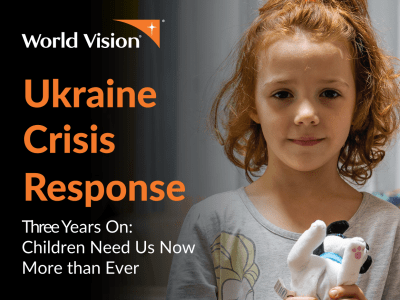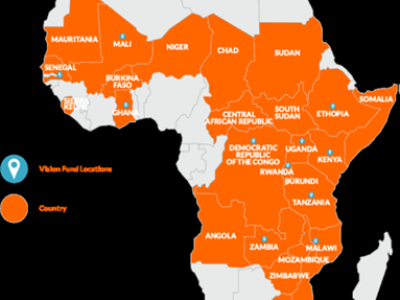article / February 19, 2025
From Trauma to Hope: Child-Friendly Spaces Aid in Healing
Child-friendly spaces offer more than just immediate relief; they represent a lasting commitment to transforming the lives and future prospects of children impacted by conflict.
publication / January 30, 2025
World Vision Bangladesh Annual Report 2024
Discover how World Vision Bangladesh empowered communities, strengthened systems, and transformed lives in 2024. Read our Annual Report 2024
publication / February 13, 2025
Three Years On Report: Ukrainian Children Need Us Now More than Ever
As the Ukraine Crisis Response enters its fourth year, the impact of war continues to devastate the lives of millions, particularly children. Over the past three years, World Vision has reached more than 2 million people, including nearly 1 million children, providing critical support such as education, mental health services, cash assistance, livelihoods, winterisation and protection initiatives. Despite these efforts, the challenges remain immense. Millions of children are still displaced, struggling to access the basic needs every child deserves, and deprived of their rights to safety, education, health and home.
publication / February 18, 2025
Empowering Adolescents with Life Skills for SRHR and HIV/AIDS Prevention
World Vision Southern Africa, in partnership with the Ministry of Health and the Global Fund, is implementing adolescent-friendly spaces (AFS) across Zambia to support young people in making informed Sexual and Reproductive Health Rights (SRHR) decisions. Through the IMPACT+ model, a life skills approach integrating education, behavior change, and service-learning, over 36,000 out-of-school adolescents have been reached with SRH interventions, empowering them to navigate challenges like early pregnancy, HIV/AIDS, and peer pressure.
By equipping peer educators and health workers with IMPACT+ skills, the initiative fosters safe spaces where adolescents can access SRHR education, receive guidance, and build confidence. With increased community involvement and government support, this model is paving the way for sustainable adolescent health and well-being in the region.


